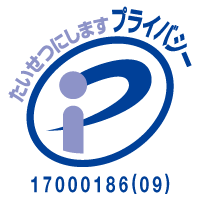- ホーム
- > 洋書
- > 英文書
- > Science / Mathematics
Full Description
Learn the geographic approach to solving problems. "Understanding GIS: An ArcGIS Project Workbook" explains the methods, tools, and processes needed to apply full-scale GIS analysis to a spatially based problem. This book lets you assume the role of a GIS analyst challenged with finding the best location for a new park along the Los Angeles River in Southern California. The problem is complex: you need vacant land that's close to the river in park-poor urban neighborhoods with lots of families. The book provides the starting data and guidance you need to perform a complete GIS analysis: explore the study area; evaluate the data; build a database; process, edit, and analyze the data; model alternative outcomes; map your findings; and share your results on interactive web maps. Through this process, you develop critical-thinking and geographic problem-solving skills. You also learn to use ArcGIS(R) Desktop 10 software from Esri(R). "Understanding GIS: An ArcGIS Project Workbook" includes valuable learning materials: -Self-paced tutorials. The project is carried out progressively in nine lessons comprising more than thirty exercises. Each exercise has step-by-step instructions, graphics to confirm your results, and explanations of key concepts. - ArcGIS Desktop 10 software. The book includes access to a 90-day software trial to perform the analysis. The book's DVD includes starting data for the project. - An online Understanding GIS Resource Center includes the book's final lesson in PDF format, GIS TV videos that walk you through the exercises in real time, exercise results for each lesson, and more. This book teaches students how to practice GIS by planning and carrying out a complex GIS project. This book is divided into two parts: the first part explains key concepts and offers exercises covering a range of functionality (for example, geographic data management, visualization, editing, map production). The second part consists of a series of related exercises organized around a Los Angeles River project. The phases of the project involve building a robust geodatabase that will support a variety of possible GIS uses; conducting a site-selection analysis (locating a new park along the river); and creating a map layout to support and explain the analysis, and share results.






